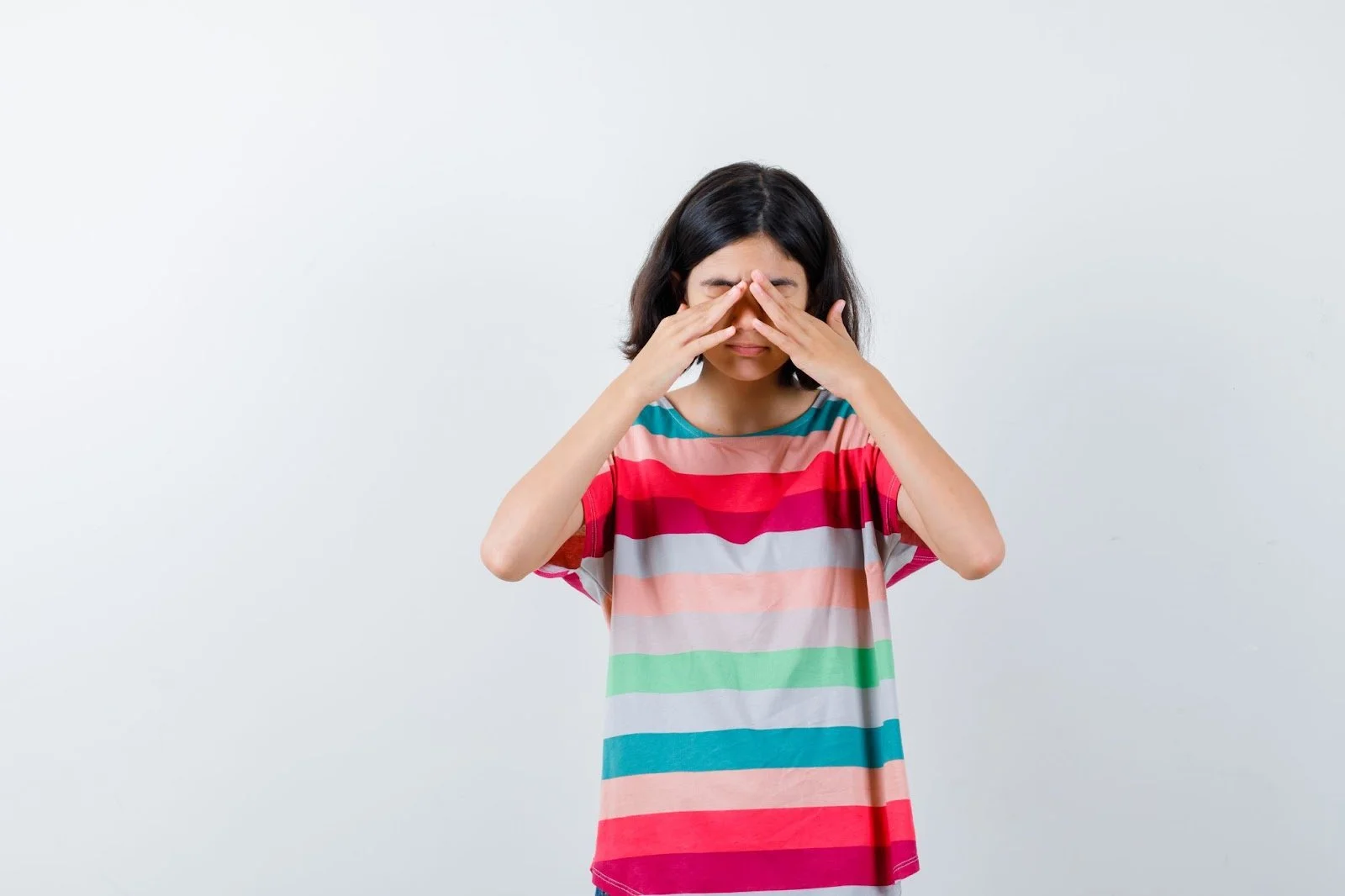How to Spot Early Signs of Keratoconus in Children
As parents, we naturally keep a watchful eye on our children’s health, but some issues—like certain eye conditions—can quietly develop without obvious warning signs. One such condition is keratoconus, a progressive thinning of the cornea that, if left undiagnosed, can lead to serious vision problems.
When detected early, treatments are highly effective at preventing long-term damage. This guide will help you understand what keratoconus is, why spotting the early signs matters so much, and what steps you can take if you’re concerned about your child’s vision. For parents wondering whether to book an eye test, it’s worth knowing that seeing a kids’ optometrist can make all the difference in catching these problems early.
What is Keratoconus?
Put simply, keratoconus is a condition where the normally round cornea (the clear front surface of the eye) becomes thinner and bulges into a cone shape. This irregular shape distorts how light enters the eye, often causing blurred or distorted vision.
Children are particularly vulnerable because the condition tends to progress much faster in younger eyes than in adults. A recent Australian study estimated that around 1 in 84 young adults have keratoconus, suggesting it’s more common than many parents realise. Without early detection, it can have a serious impact on your child’s vision and everyday activities, like reading, playing sports, or seeing the whiteboard at school.
Early Symptoms Parents Should Watch For
Keratoconus doesn’t always present dramatic symptoms early on, so it’s important to know what to look out for:
Blurred or distorted vision
If your child frequently complains of blurry or wavy vision or if they struggle to see objects clearly at different distances, it may be a red flag.
Frequent changes in glasses prescription
One of the hallmark signs is a rapid change in prescription. If you notice that your child’s glasses or contact lenses no longer seem to help after only a few months, it’s worth discussing keratoconus with your optometrist.
Glare, halos, or double vision
Children with keratoconus often experience sensitivity to bright lights, seeing halos or glare around streetlights or car headlights, particularly noticeable at night.
Habitual eye rubbing
Chronic eye rubbing is one of the strongest indicators of potential keratoconus, especially when linked to allergies or eczema. Over time, eye rubbing can accelerate the thinning of the cornea.
Other signs: squinting, headaches, light sensitivity
Watch for children frequently squinting, rubbing their eyes, or complaining of headaches or sensitivity to light—these subtle symptoms can sometimes be misattributed to tiredness or excessive screen time, but may indicate deeper eye issues.
Major Risk Factors for Paediatric Keratoconus
Several factors can increase a child’s risk:
Eye rubbing and atopic conditions
Children with eczema, asthma, or allergies often rub their eyes excessively—this mechanical stress can contribute to the development of keratoconus.
Family history of keratoconus
If there’s a family history of keratoconus or similar eye conditions, your child’s risk may be higher. Let your optometrist know if this applies to your family.
Genetic syndromes
Certain genetic syndromes, such as Down syndrome, are also linked to an increased incidence of keratoconus. Regular monitoring is especially important for children with these risk factors.
Diagnostic Tools Your Child May Need
Regular eye tests sometimes aren’t enough to catch early keratoconus, as it can hide in the earliest stages. Fortunately, today’s imaging technologies can help detect subtle changes in the cornea:
Corneal topography
This is a painless, non-invasive scan that maps the cornea's surface in detail, revealing early signs of bulging or thinning.
Scheimpflug tomography (3D corneal imaging)
This advanced technique creates a three-dimensional image of the cornea, offering a much deeper look than a standard eye test. It’s especially useful for diagnosing keratoconus before symptoms become severe.
If your child has risk factors or early symptoms, it’s worth asking your optometrist about arranging these specific scans, even if they’ve had a recent eye test.
Treatment Options for Early-Stage Keratoconus
The good news is that early-stage keratoconus is highly treatable, but early detection is crucial.
Corneal collagen cross-linking (CXL)
This minimally invasive treatment strengthens the cornea using vitamin B2 drops activated by UV light. It works by increasing collagen bonds within the corneal tissue, effectively halting the progression of keratoconus in its tracks.
When performed early, CXL can prevent vision from deteriorating, sparing your child from needing more invasive treatments later.
Medicare coverage in Australia
Many parents are relieved to know that Medicare offers a rebate for CXL treatment, typically around $1,200 per eye. You can access this through both public hospitals and private clinics, although wait times and costs can vary. The Australian Government’s Medicare Benefits Schedule (MBS Online) offers more details on eligibility and rebate amounts.
Why Early Detection is Essential
Catching keratoconus early offers enormous benefits:
Avoid severe vision loss
Reduce the likelihood of a corneal transplant.
Help your child maintain a good quality of life.
With proper treatment and monitoring, most children can continue to lead active lives without limitations caused by vision problems.
When to See an Eye Specialist
If you notice any of the symptoms or risk factors mentioned, it’s wise not to delay. You can:
Ask your optometrist whether your child needs a referral for specialist imaging
Look for a paediatric-friendly eye clinic—for example, the Children’s Eye Clinic at Sydney Children’s Hospital or reputable local centres.
Use resources like the Royal Australian and New Zealand College of Ophthalmologists (RANZCO) to locate a qualified ophthalmologist in your area.
FAQs
How often should children have their eyes tested?
Most experts recommend an eye test every 1–2 years, or more frequently if there are risk factors.
Can keratoconus be prevented?
While it can’t be fully prevented, avoiding excessive eye rubbing can reduce the risk in vulnerable children.
Is eye rubbing really that bad?
Yes—repeated eye rubbing places strain on the cornea and can worsen keratoconus progression.
Conclusion
The key takeaway for parents? Trust your instincts and be alert to changes in your child’s vision or habits. If you notice any concerning signs, seek professional advice promptly—early action can make all the difference.
Why not take the first step today by booking an appointment with a trusted kids’ optometrist? You’ll be helping to safeguard your child’s vision for years to come.


